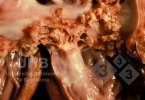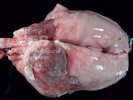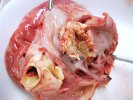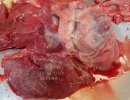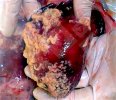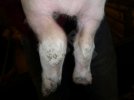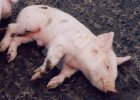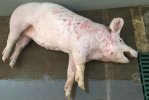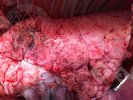
Metabolic status and mineral homeostasis under S. suis infection. What do we know?
S. suis outbreaks are frequently associated with co-infections and stress factors identified as potential triggers, but the natural infection process is not fully understood, so, we wanted to know what the condition is for naturally affected pigs.


